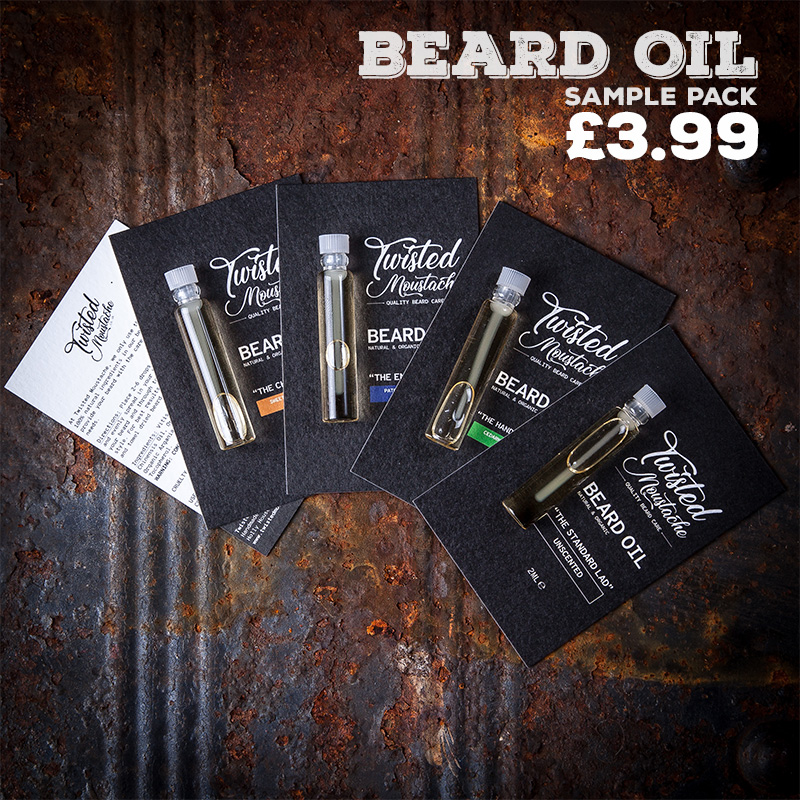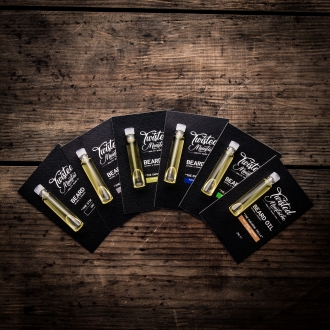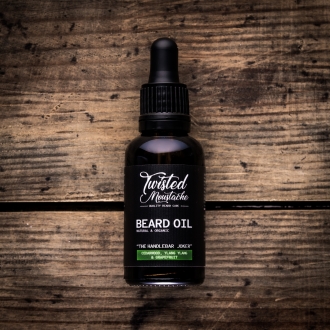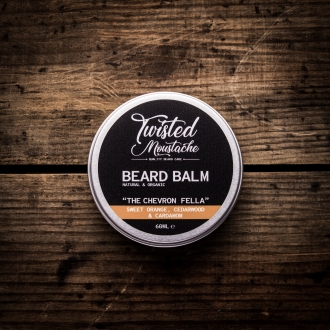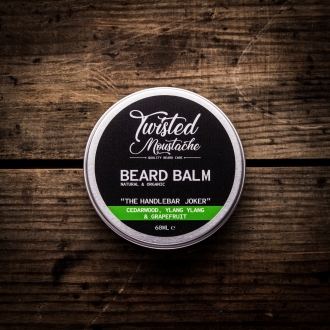Top Beard Skin Problems and Dealing with Beard Itch
By Anil Davé | Last updated 12th September 2018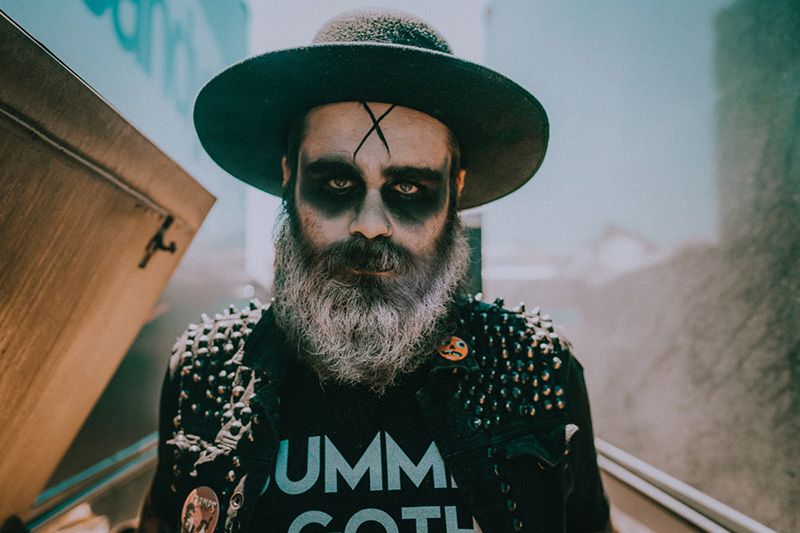
Got an itchy beard? Maybe a rash or bumps under your beard? Feeling like you want to hide away? Don't worry, I feel your pain! Beard related issues almost always cause you to have an itchy beard or some kind of annoying irritation.
I'm here to help.
So you've taken the time to grow your awesome beard. You might also have gotten that perfect moustache too, and you've been through hell to get there. You most probably have been patiently waiting for areas to grow out, getting through all the comments and questions that people throw at you: "Hey mate, you call that a beard!?"
Shut up you tw#t!.
It's hard and there is nothing worse than dealing with all the other types of challenges that might crop up while you're on your beard growing journey. Dealing with beard related skin issues and problems with the skin under your beard can be a mind bender.
For some of us, it's a pretty smooth ship. No waves, lot's of sunshine and a very relaxed journey to bearded awesomeness (You lucky bastards!). On the other hand, for most of us bearded lads, it can be more of a rocky sail, with wave after wave of beard and skin issues and problems that can really test your strength and endurance.
I'm gonna cover what I feel are the top beard related skin problems and issues you could be facing on your beard growing journey. Let's try and show you how to treat your itchy beard.
Dry and flaky skin
Probably the most common issue you might come across while growing your beard and moustache. Dry skin, or the sight of flaky skin on your chin, or even on your clothes can be a depressing sight.
This can be referred to as beard dandruff and can be quite itchy for your beard if it gets pretty bad.
So what's causing these dry skin issues?
Well, there are a number of factors and conditions that could be causing you to get dry irritated skin under your beard:
Cold weather and water temperature
Yes that right, the good old British weather could be having a massive effect on your skin under your beard. I sometimes get very dry around the top corners of my moustache when I've been out in the cold weather. It's always best to try and stay covered up when you're out in the cold.
A lot of people don't know this, but immersing your skin in hot water, can irritate your skin and cause beard dandruff.
What shall I do?
Try to keep the temperature of the water down and wrap up with a scarf when you go out in the cold weather.
Using the wrong soap
Shampoos and soaps that are not made for your beard or moustache and they can be harsh for your skin. The skin under your beard is more temperamental, so you need to stay away from using a wash that will strip away all your natural oils.
What should I use then?
For sensitive facial hair areas on your face like your beard and moustache, you should be using a beard soap, or a really high-quality natural beard wash.
These products will be a lot gentler on your beard and moustache. The natural ingredients, especially the carrier oils will help to ensure your skin retains as much natural oil as possible. This will prevent your skin from drying out.
Seborrheic eczema
Beard dandruff can be caused by any number of things. Seborrheic eczema is a skin condition that can make your skin red and flaky.
Although this condition is mostly found to affect guys on their scalp, it is known that lads with more oily skin can develop Seborrheic eczema around their facial hair, specifically on the skin under the beard.
As mentioned above, symptoms of this condition can include greasy scales and red skin. You might also see flakes falling off when you rub your beard.
What do I do about this?
Normally, you can treat this with an antifungal cream prescribed by your doctor. They might also ask you to use a special shampoo.
Beard rash on the chin and around the face
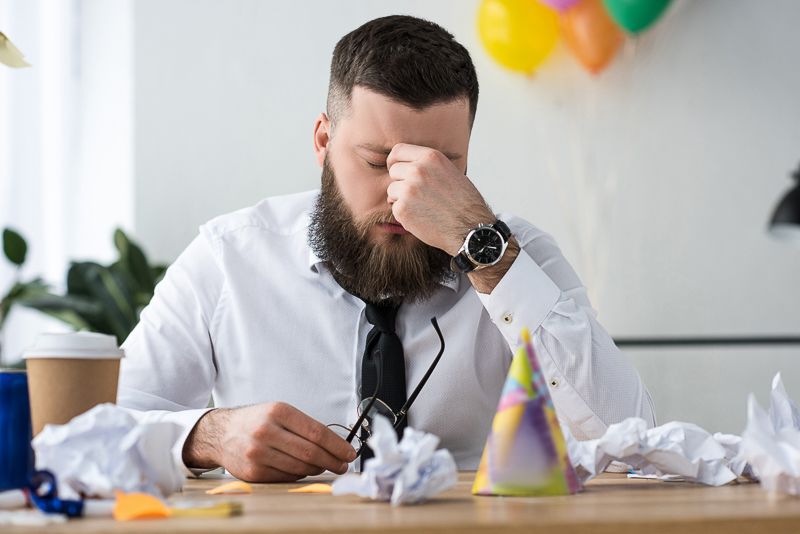
Having a rash on the skin around your beard, or the skin under your beard can be irritating and can really get you down. It can become red, sore and unpleasant at times. A beard rash can cause your beard to itch and constant itching can create future issues with dandruff, but also cracks in the skin which could start to bleed and of course, you'll be developing a pretty bad beard itch on the back of that.
Pseudofolliculitis barbae
So razor bumps! Yep even though you might be growing out your beard, you might still be close shaving around your neck and cheek line. The most common symptom of razor bumps is Pseudofolliculitis barbae, which is basically inflammation that happens when your facial hairs cut your skin inside the follicle. It can also be caused by your facial hair curving back around into your skin as they try to grow out and through.
These kind of razor bumps are pretty common and you might notice red bumps or pus-filled blisters on your face. It's also important to note that these bumps are caused by noninfectious irritation.
Tinea barbae
This might sound nasty, but you can also develop a fungal infection called Tinea barbae in your facial hair. This infection is caused by a certain type of fungus which is called dermatophyte fungus.
What can I expect from this fungus infection?
Tinea barbae can appear as inflamed, crusty skin under your beard, specifically on your chin and can be red in colour. It can also develop around the mouth and cheeks.
Now let's get more scientific! There are two types of tinea that can cause your beard to develop an itch:
- Tinea verrucosum - Simply put, this can be spread with contact from affected cows or other animals like dogs
- Tinea mentagrophytes var. equinum - This can be spread with contact with affected horses
What can I do about it?
Maybe stay away from those trips to the farm! lol
Stop itching your beard. I know it's hard, but you need to try and resist the itch.
Beard rash treatment is normally down to good hygiene, most of these conditions will clear up over time. If it's getting pretty bad, then you could go to the doctors and get something specifically for your condition:
- Pseudofolliculitis Barbae: can be treated with glycolic acid (Neo-Strata)
- Tinea Barbae: Normally would be treated with a prescribed ointment, which would need to be used for several weeks
Bumps on your beard or red spots
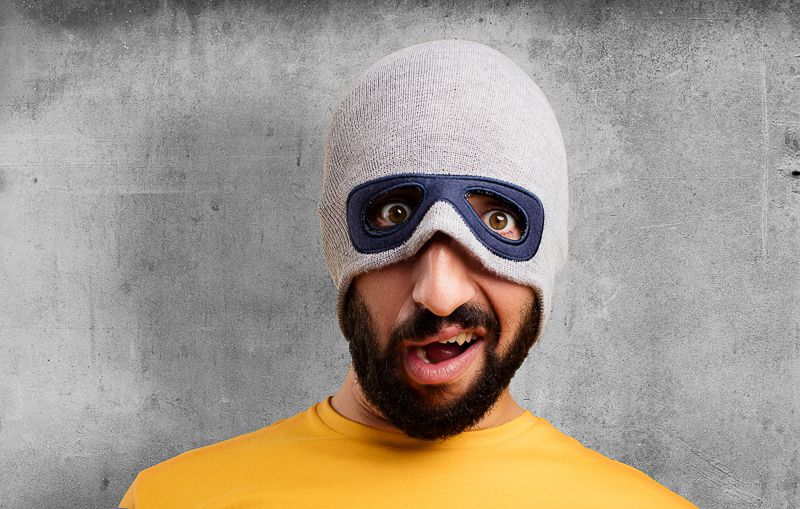
So we looked at beard rash, but what about bumps in your beard, or red spots?
Folliculitis Barbae
Red lumps are usually caused by an infection in the beard follicles. These can sometimes itch like hell and occasionally turn into pus-filled spots.
The main cause of Folliculitis Barbae is bacteria and is pretty common in men, normally with an uncut beard who tend to shave against the grain, with poor hygiene habits such as:
- Failing to clean their beard or face
- Not changing their razor regularly
These habits are more problematic if you have a skin condition like eczema, or you have course hair and tend to sweat a lot.
What can I do about it?
After some time, it will clear up. But you want to try and take some measures to stop this from happening. To stop the spread of bacteria you should pick up some good clean habits:
- Change your razor regularly - Come on lads. Stop using the same razor for months and months. Make sure you change the blades after a few shaves.
- Have a good skin and beard cleansing routine - Yep, get some beard soap or wash, a good facial cleanser and make sure you're taking care and cleaning your face and beard every day, twice a day. Don't forget your beard oil!
- Have your own towel - I know sometimes you have a communal towel that the whole family uses, but you need to stop that. Sharing towels is a major bacteria spreader. Make sure everyone is using their own towel.
Ingrown Hair
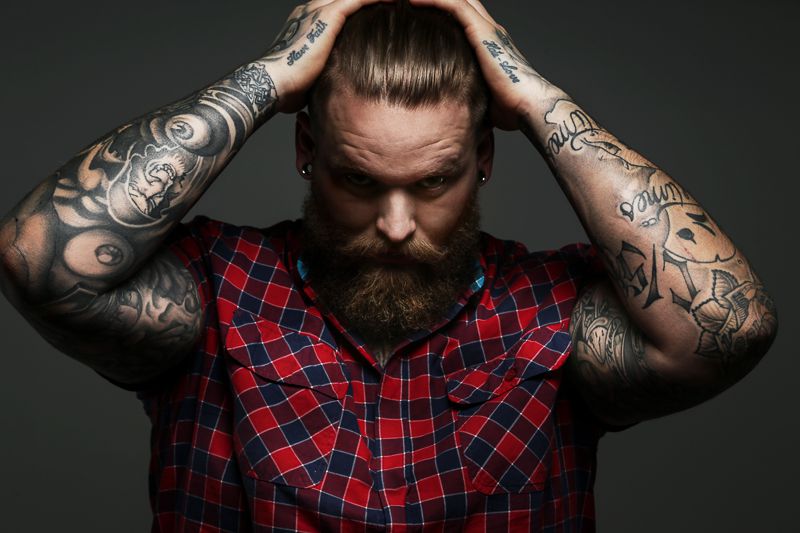
This is most common with guys that shave as ingrown hair is caused by very short hair growing back into its follicle, instead of the normal growth pattern of growing out.
If you've got hair like me and it's tight and curly when its short, then you might find this happening a lot. I use to suffer with this all the time when I didn't have a beard. It does tend to itch a lot too!
But...
Just because you're sporting a big beard, maybe something like a Yeard, or you've grown a cool moustache, it doesn't mean you won't suffer from ingrown hairs.
You might still perform some close shaving around your neck and cheek line. So there is always scope for this to happen to you. I still get them occasionally under my neck.
You’ll tend to notice when you've got ingrown hairs as the follicles get really red, bumpy and itchy. In some occasions, it could be painful.
What can I do about it?
Well, it's all about having the correct technique when shaving, good hygiene, and having the right equipment.
1.) Take a good look at your shaving technique
This could all be down to bad habits. Most of us learn how to shave at a very young age. I know I was given bad advice from the old man! Sorry, Dad!
When you have a poor shaving technique, you run the risk of getting ingrown hairs. It's important to ensure you shave in the direction that your hair grows. I know it can be hard sometimes to get a close shave, but this is where you need to get smart and keep your razor clean and changed regularly.
Avoid pulling the skin and trying to cut the hair too short. when you have a cool looking beard, you're only going to be shaving your neck and cheek line, so going really close doesn't really make much sense considering your beard will probably cover most of your neck anyway.
2.) Keep your razor blade fresh and clean
I mentioned this in the point above, but it's so important that you change your blades or razor often. I'm not saying you should change it after every use, but don't leave it for 6 months sitting there gathering dust, dirt and mould. This is a breathing space for bacteria.
Make it a habit to keep them fresh. One really good way to do this is to join a subscription box service or use Amazon subscription to have new blades delivered every month. Getting them in the post will prompt you to change them up.
3.) Keep your razor clean
Using the same razor blade over and over again also increases the risk of ingrown hairs. You should not only frequently change the blade in your razor, but also clean your blade after each stroke. A dirty blade can cause bacteria to get into your pores and cause an infection. Rinse your blade with water after each stroke, and use a cream after shaving.
Think about it! You're taking off dirt, dead skin and hair. Should you really be going for another stroke with all that sh## on your blade?
4.) Grab some shaving cream
I use to be really bad at this, I use to shave with just water. It wasn't until much later in my adult life that I started to use a shaving gel.
Going commando with your wet shave is a certain way to developing ingrown hairs. All you need to remember is to keep your facial hair as moist as possible. Always apply some shaving cream before you start, or shaving gel if you prefer to see what you're doing. I tend to use a gel so that I can see the cheek and neckline better.
NEVER shave completely dry! I don't think I need to explain myself here.
5.) Moisturise and take care of your skin
After you shave any part of your face, moisturise. You need to take care of your face after you shave as well as before and during. It's a process.
Apply some moisturiser after to soften your hair.
I would recommend getting into a routine of washing your face with cold water after you shave. This can help to reduce irritation and tighten your pores.
Also, a little tip for you - Apply some Witch-hazel, which helps to stop bacteria from growing in hair follicles.
Conclusion - How to treat your itchy beard

We covered a lot in this article. We looked at the most common beard skin problems that could be affecting you and your beard. How these problems could be starting and how to relieve your itchy beard.
I'll give you a quick recap on some of my tips on how you can treat your itchy beard:
Good Hygiene and diet
It's all about good beard care. Keep it clean, try not to touch your skin and beard too much. Drink plenty of water and get a good healthy balanced diet
Cooler Showers
Water temperature plays an important part in preventing dry skin, which is the main cause of a beard itch. Make sure you keep the water lukewarm when washing your beard.
Stop using regular soap
Yep, clean your face daily, twice a day. Make sure you use a natural beard soap or wash on your beard to help retain some natural oils and nutrients
Drying your beard
Be careful when drying your beard. Always pat dry your beard with a towel and try to let it dry naturally before you out into the cold. If you need to dry it quickly, then use a blow dryer, but ensure you apply your beard oil beforehand to ensure you protect the hair as much as possible from the heat.
That's it - I hope this helps you to overcome your beard related skin problems. I'm always around on our Facebook page, so drop me a message if you need any more advise.


